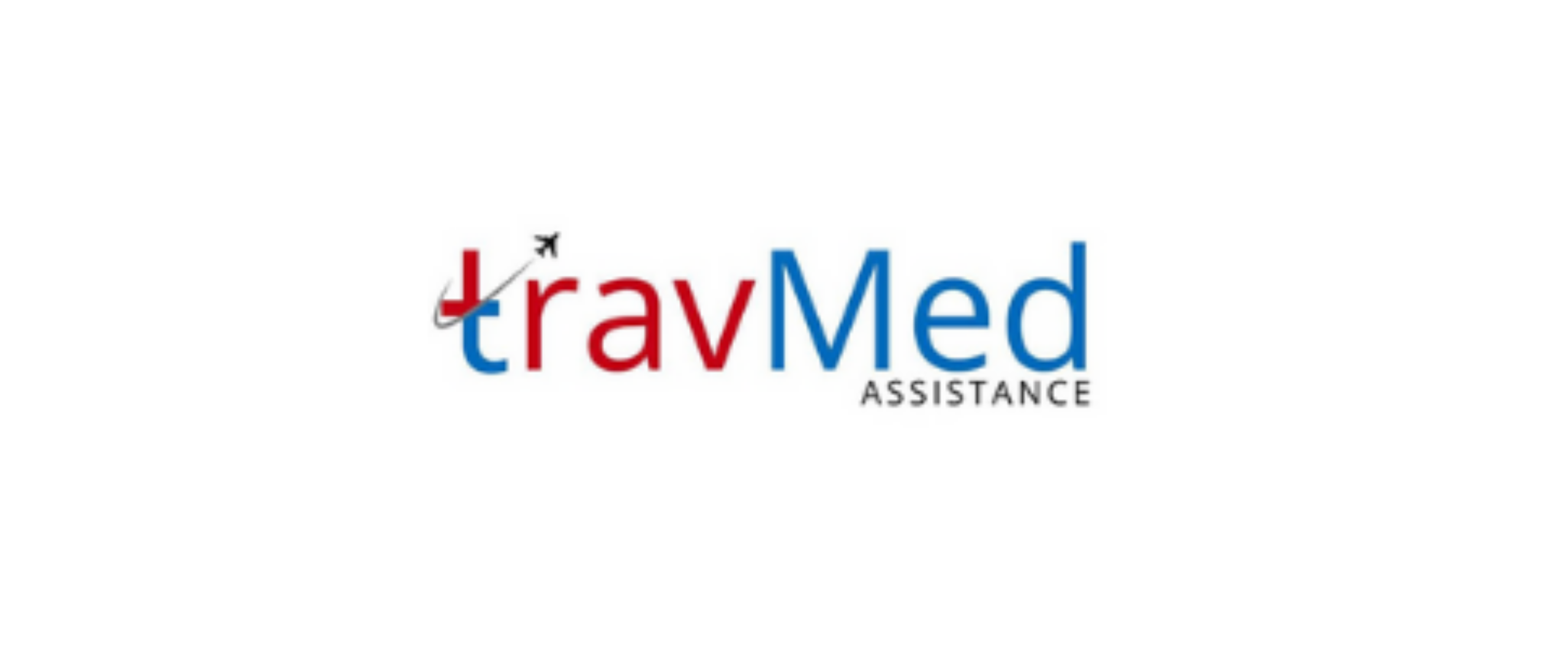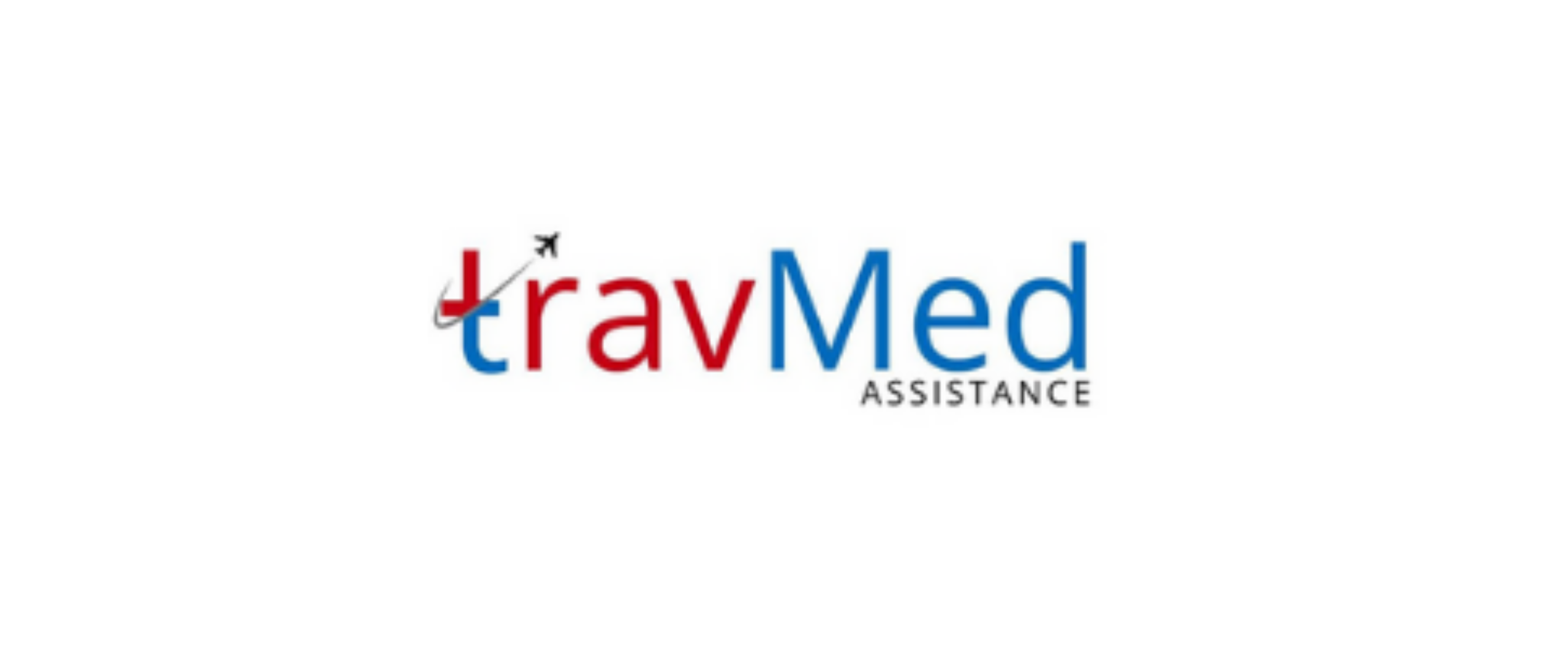
What is an air ambulance in Nepal?
An air ambulance in Nepal is a specialized aircraft equipped with advanced medical facilities to transport critically ill or injured patients. These aircraft are designed to provide emergency medical care during flight, essentially serving as flying intensive care units. In Nepal’s challenging terrain, air ambulances play a crucial role in reaching remote areas where ground transportation is difficult or time-consuming. They are staffed with trained medical professionals, including doctors and nurses, who can provide immediate care during transit. Air ambulances in Nepal typically include helicopters for short-distance evacuations and fixed-wing aircraft for longer journeys, both domestic and international. These services are essential for timely medical interventions, especially in cases where every minute counts for patient survival.
Who needs medevac services in Nepal?
Medevac services in Nepal cater to a diverse range of patients requiring urgent medical transportation. Trekkers and mountaineers who suffer from altitude sickness or injuries in remote Himalayan regions often require these services. Victims of natural disasters like earthquakes or landslides in inaccessible areas also benefit from medevac operations. Critically ill patients in rural areas needing specialized treatment unavailable locally rely on air ambulances for swift transfer to better-equipped hospitals in urban centers. Tourists experiencing medical emergencies during their visit to Nepal may require medevac for repatriation to their home countries. Additionally, individuals with severe trauma from accidents in remote locations, patients with time-sensitive medical conditions like heart attacks or strokes, and those requiring organ transplants often depend on these services for rapid transportation to appropriate medical facilities.
How do air ambulance services work?
Air ambulance services in Nepal operate through a coordinated system involving multiple stakeholders. When a medical emergency arises, the process typically begins with a call to the air ambulance provider or a medical assistance company. These organizations assess the situation, determine the appropriate level of care required, and dispatch the suitable aircraft. The air ambulance team, consisting of pilots, medical professionals, and sometimes a flight coordinator, prepares for the mission. They gather necessary medical equipment and supplies based on the patient’s condition. The aircraft then flies to the nearest suitable landing site to the patient’s location. Upon arrival, the medical team stabilizes the patient and prepares them for air transport. During the flight, continuous medical care is provided. The air ambulance then lands at the destination, usually a hospital helipad or airport, where the patient is transferred to a ground ambulance or directly to the medical facility for further treatment.
What is the process for medevac operations?
The process for medevac operations in Nepal follows a structured protocol:
- Emergency call received and initial assessment made
- Decision to activate air ambulance service
- Selection of appropriate aircraft and medical team
- Flight plan submission and clearance from aviation authorities
- Preparation of necessary medical equipment and supplies
- Departure to patient location
- On-site patient assessment and stabilization
- Loading patient into aircraft
- In-flight medical care and monitoring
- Communication with receiving medical facility
- Landing at destination
- Patient handover to ground medical team or hospital staff
- Completion of necessary documentation
- Debriefing and preparation for next mission
This process ensures efficient and safe patient transport while adhering to aviation and medical protocols.
What documents are needed for air transport?
Several documents are required for air ambulance transport in Nepal:
- Patient’s identification documents (passport for international transfers)
- Medical reports and history
- Consent forms for medical treatment and transportation
- Insurance documentation (if applicable)
- Customs and immigration forms (for international transfers)
- Flight manifest
- Medical clearance certificate
- Fit-to-fly assessment
- Transfer of care documentation
- Receiving hospital acceptance letter
- Air ambulance company’s operational licenses
- Pilot and medical crew credentials
- Aircraft airworthiness certificate
- Flight plan and air traffic control clearances
These documents ensure legal compliance, facilitate smooth transfers, and provide necessary medical information for patient care during transport.
How much do medevac services cost?
The cost of medevac services in Nepal varies widely depending on several factors. Domestic evacuations within Nepal typically range from $2,000 to $10,000 USD, while international transfers can cost between $20,000 to $100,000 USD or more. Factors influencing the price include distance traveled, type of aircraft used (helicopter or fixed-wing), urgency of the mission, patient’s medical condition, level of care required, and additional services needed (such as ground ambulance transfers). The cost also depends on whether the evacuation is from a remote area, which may require specialized equipment or multiple fuel stops. It’s important to note that these services are often covered by travel insurance policies, making it crucial for travelers to Nepal to have adequate coverage. For locals, some hospitals and organizations offer membership programs that can significantly reduce the cost of air ambulance services if needed.
Are air ambulances available nationwide?
Air ambulance services in Nepal are available nationwide, but their accessibility and response times can vary depending on the location. Major cities like Kathmandu, Pokhara, and Biratnagar have better access to these services with shorter response times. However, even remote areas of Nepal are theoretically reachable by air ambulances, particularly helicopters. The nationwide coverage is crucial given Nepal’s diverse geography, from the lowland Terai to the high Himalayas. Several private companies and the Nepali Army operate air ambulance services across the country. Despite this, challenges remain in reaching extremely remote or high-altitude areas due to limited landing sites, unpredictable weather conditions, and the need for specialized high-altitude helicopters. To improve coverage, there are ongoing efforts to establish more helipads in rural areas and enhance coordination between different service providers to ensure comprehensive nationwide availability of air ambulance services.
How is patient safety ensured in transit?
Patient safety during air ambulance transit in Nepal is ensured through multiple measures:
- Highly trained medical staff onboard, including doctors and nurses specialized in emergency care
- Advanced medical equipment similar to ICU settings, including ventilators, cardiac monitors, and defibrillators
- Pressurized cabins in fixed-wing aircraft to maintain stable atmospheric conditions
- Secure patient restraint systems designed for in-flight use
- Continuous monitoring of vital signs throughout the flight
- Oxygen supply systems and medical gas outlets
- Sterilized environment to prevent infections
- Communication systems for constant contact with ground medical teams
- Customized care plans for each patient’s specific medical needs
- Adherence to strict aviation safety protocols
- Regular maintenance and safety checks of aircraft
- Consideration of flight conditions to ensure smooth transit
- Proper securing of all medical equipment during takeoff and landing
- Comprehensive pre-flight medical assessments to ensure fitness for air travel
These measures work together to provide a safe and stable environment for patients during air medical transport.
Who provides air ambulance services?
In Nepal, air ambulance services are provided by a combination of private companies, government entities, and international organizations:
- Private helicopter companies like Simrik Air, Fishtail Air, and Altitude Air
- Nepal Army’s air wing, which operates both helicopters and fixed-wing aircraft for medical evacuations
- International air ambulance providers that operate in Nepal, such as Air Methods and AMREF Flying Doctors
- Hospitals with their own air ambulance services or partnerships with aviation companies
- Non-profit organizations like Himalayan Rescue Association that coordinate air rescues
- Travel and medical assistance companies that arrange air ambulance services for their clients
- Insurance companies that have tie-ups with local air ambulance providers
- Government-run Nepal Air Traffic Service for coordinating air ambulance flights
- International embassies that may arrange air ambulances for their citizens in emergencies
This diverse range of providers ensures that air ambulance services are available for various needs and circumstances across Nepal.
How long does the evacuation take?
The duration of an air ambulance evacuation in Nepal can vary significantly depending on several factors. For domestic evacuations within Nepal, the process typically takes between 1 to 4 hours from the initial call to patient delivery at the hospital. This includes mobilization time, flight to the patient’s location, on-site medical assessment and stabilization, and transport to the receiving facility. For remote locations in the Himalayas, the evacuation might take longer due to challenging terrain and weather conditions. International evacuations can take anywhere from 6 to 24 hours or more, depending on the destination country, flight distance, necessary fuel stops, and border crossing procedures. Factors that can affect evacuation time include weather conditions, time of day (night flights may not be possible in some areas), availability of landing sites, patient’s condition and need for stabilization, and coordination with ground transportation. It’s important to note that the actual flight time is often the shortest part of the entire evacuation process.
Can family travel with the patient?
In most cases, air ambulance services in Nepal allow one family member or companion to travel with the patient, subject to certain conditions. This policy recognizes the emotional support and practical assistance a family member can provide during medical emergencies. However, the decision ultimately depends on factors such as the size of the aircraft, the patient’s medical condition, and the nature of the equipment needed onboard. In smaller helicopters used for short-distance evacuations, space limitations may prevent family accompaniment. For longer flights in fixed-wing aircraft, there’s usually more flexibility to accommodate a companion. The accompanying person must be physically fit to fly and not require medical attention themselves. They may be asked to sign waivers and follow specific instructions from the medical crew. In some cases, especially for international transfers, additional costs may apply for the companion’s travel. It’s advisable to discuss the possibility of family accompaniment with the air ambulance provider at the time of booking the service.
What medical equipment is onboard?
Air ambulances in Nepal are equipped with a wide range of medical equipment to handle various emergencies and provide intensive care during flight:
- Advanced cardiac life support equipment, including defibrillators and ECG monitors
- Ventilators for respiratory support
- Oxygen supply systems and medical gas outlets
- Infusion pumps for precise medication administration
- Suction devices for airway management
- Stretchers with specialized in-flight securing mechanisms
- Blood pressure monitoring devices
- Pulse oximeters for measuring blood oxygen levels
- Intubation kits and airway management tools
- Trauma care equipment including splints and immobilization devices
- Portable ultrasound machines
- Neonatal transport incubators for infant patients
- Specialized equipment for altitude-related illnesses
- Refrigeration units for medication storage
- Communication devices for consulting with ground-based medical teams
- First aid kits and emergency medications
This comprehensive range of equipment allows air ambulance teams to provide high-level medical care comparable to that of a mobile intensive care unit, ensuring patient stability during transport.


